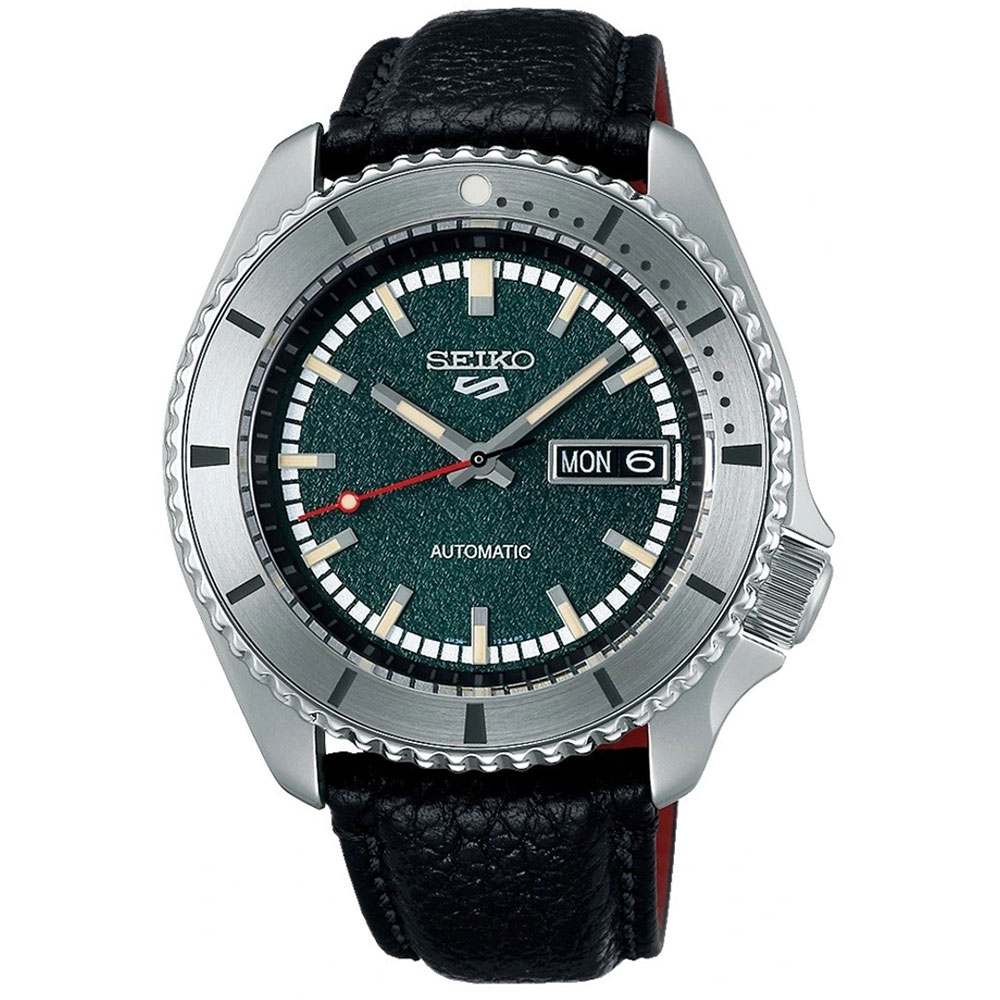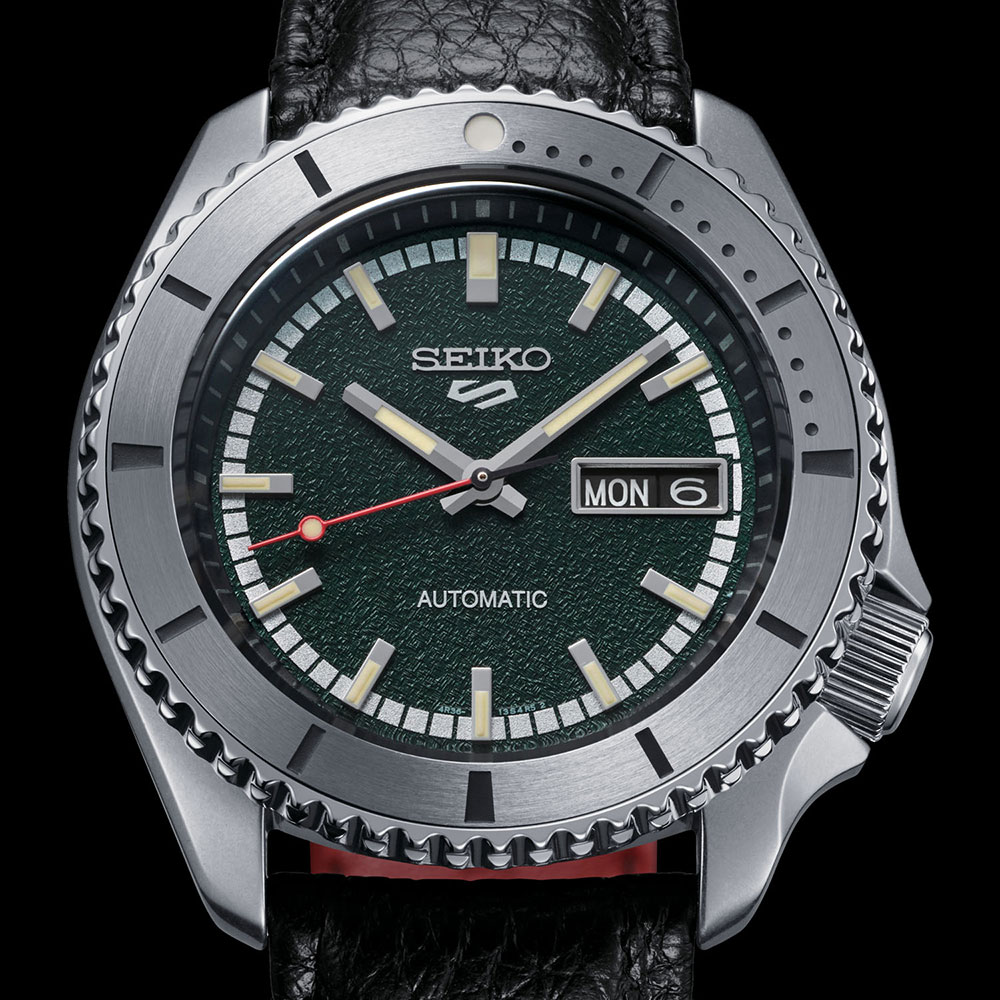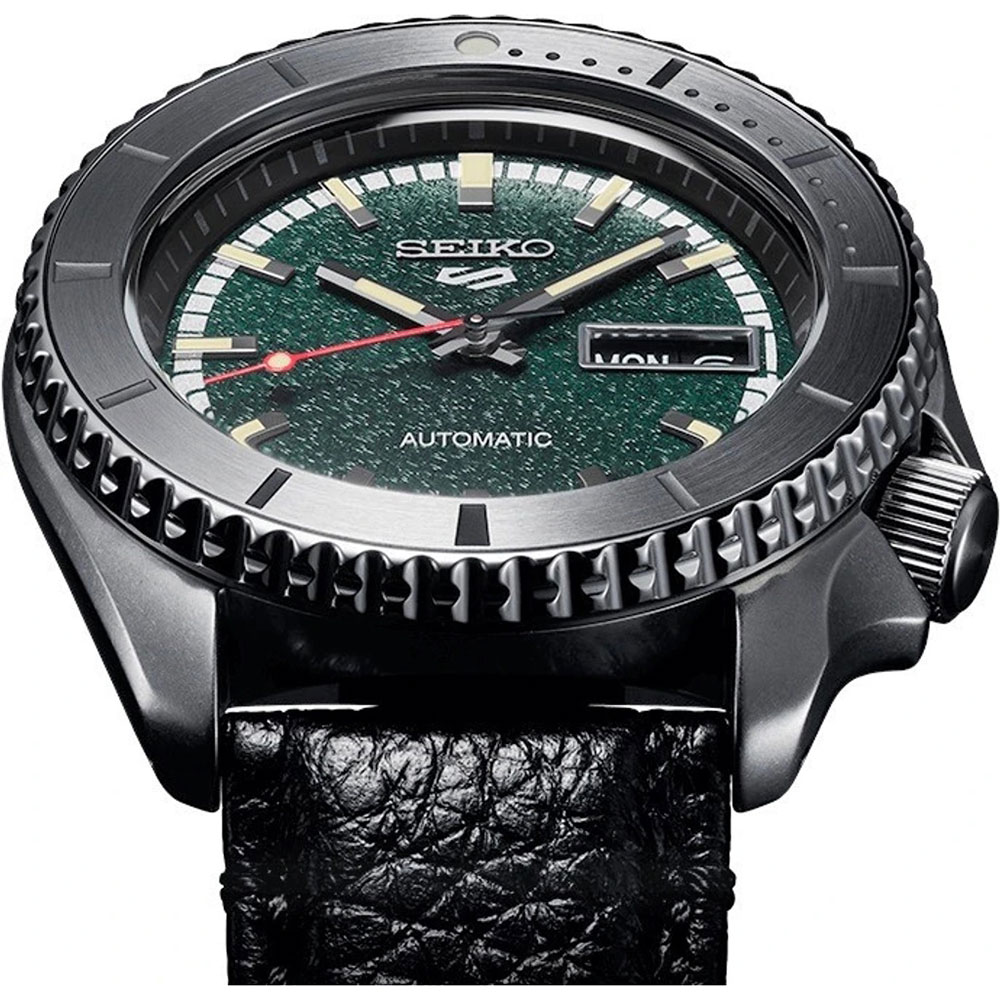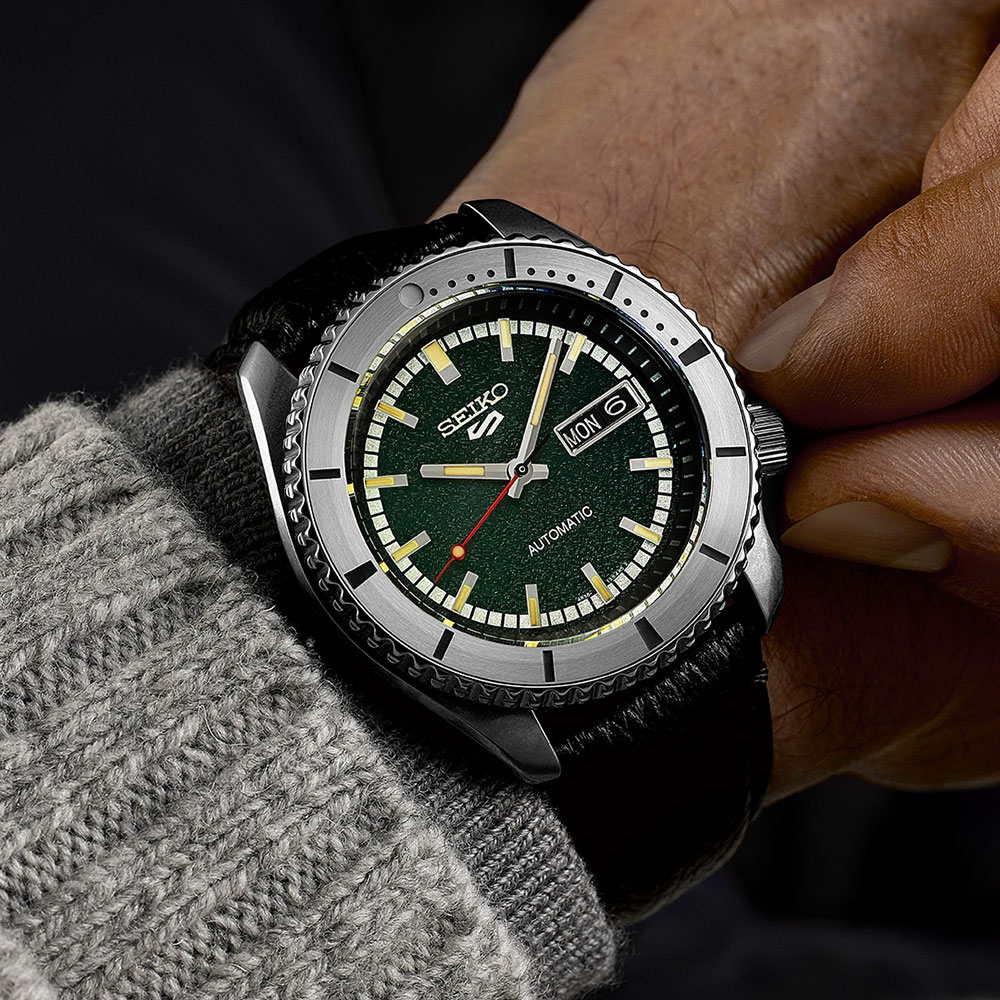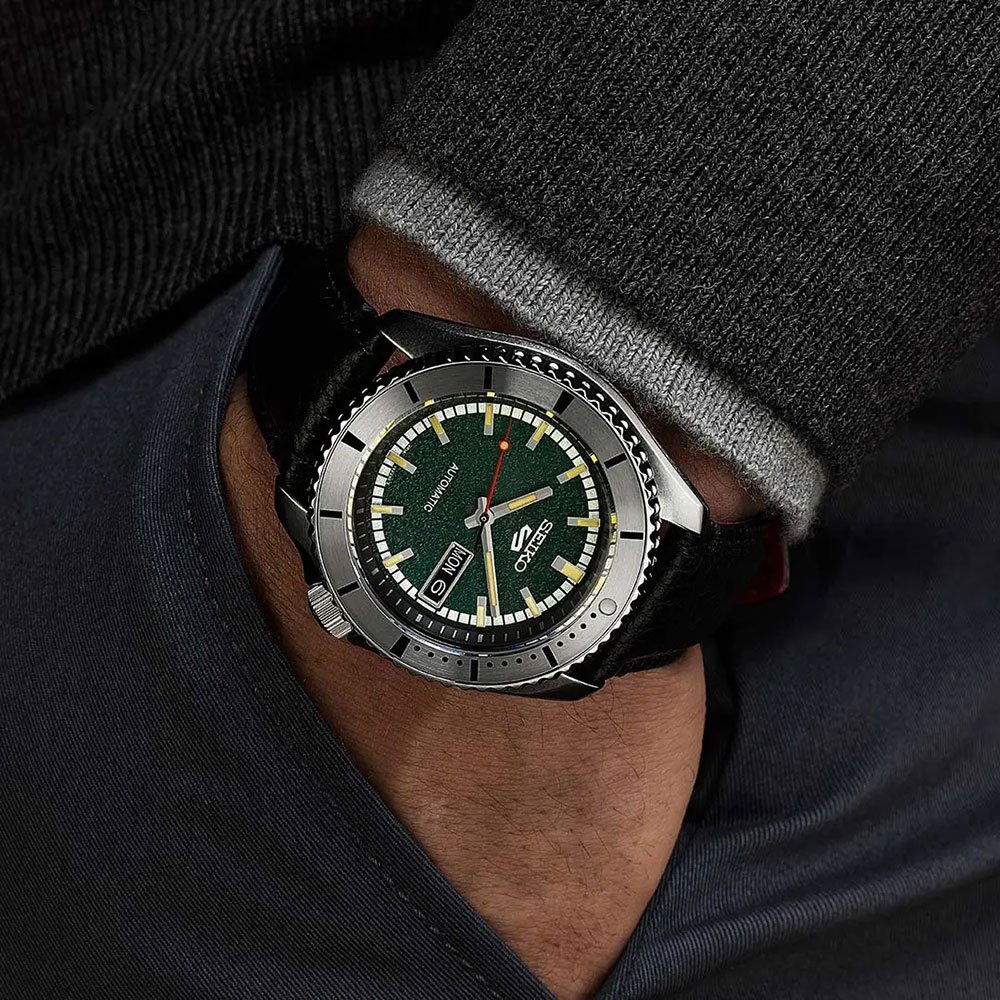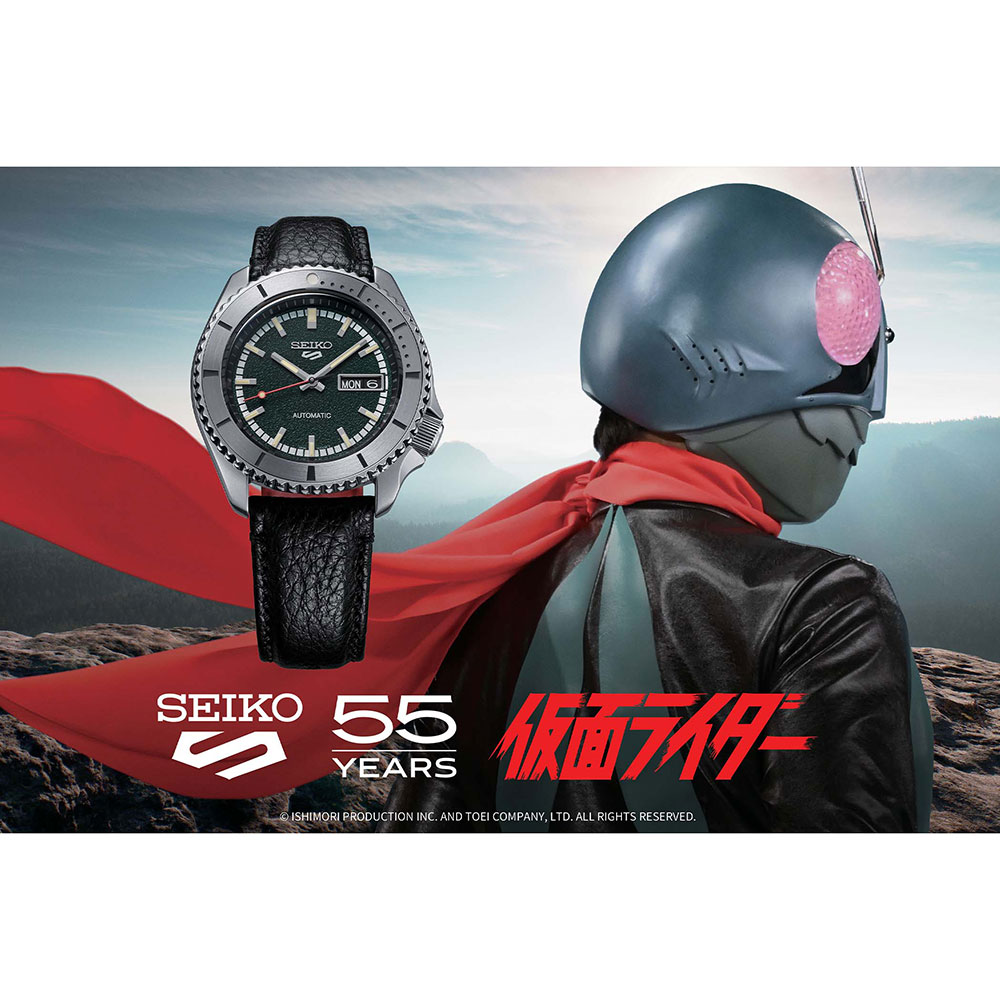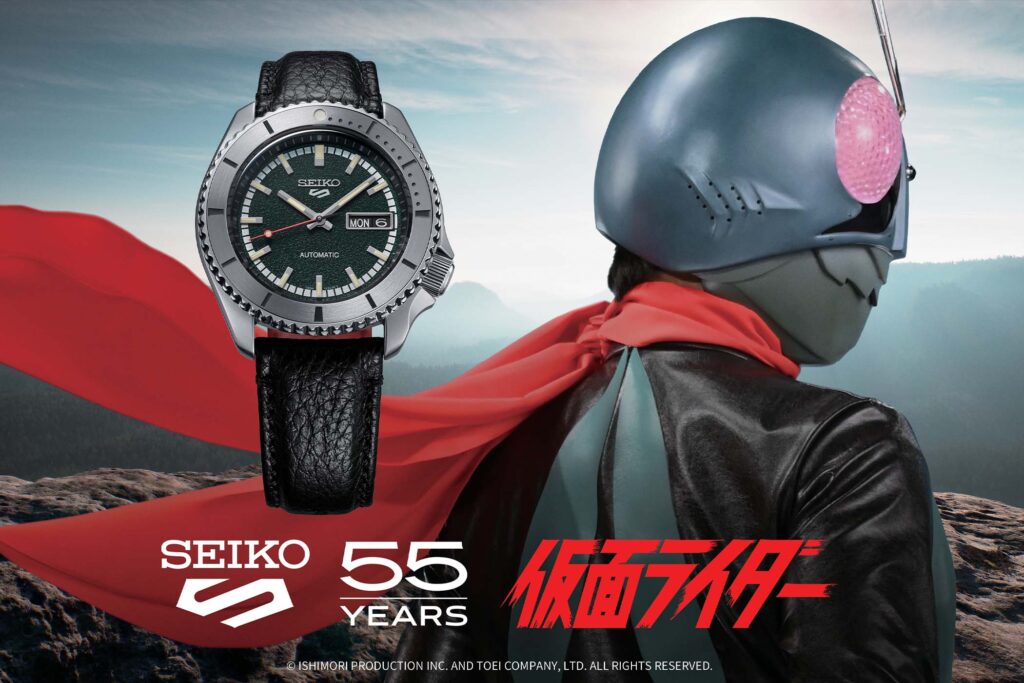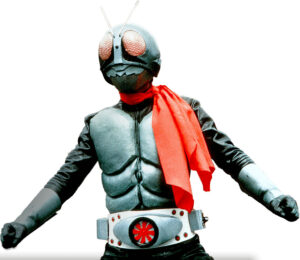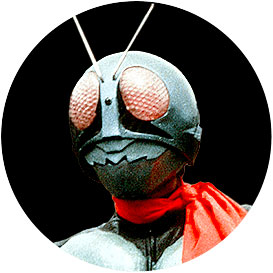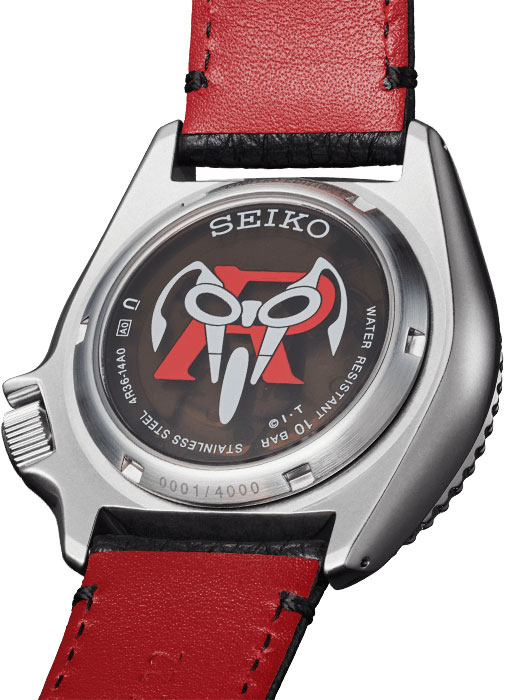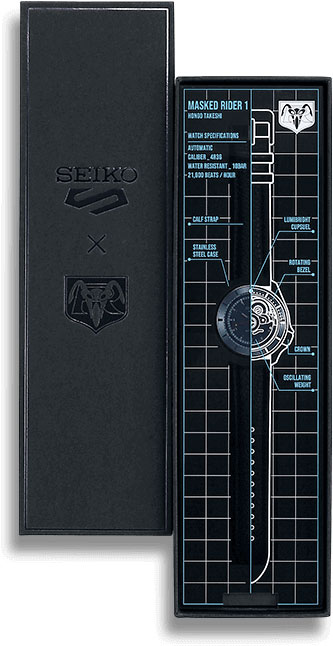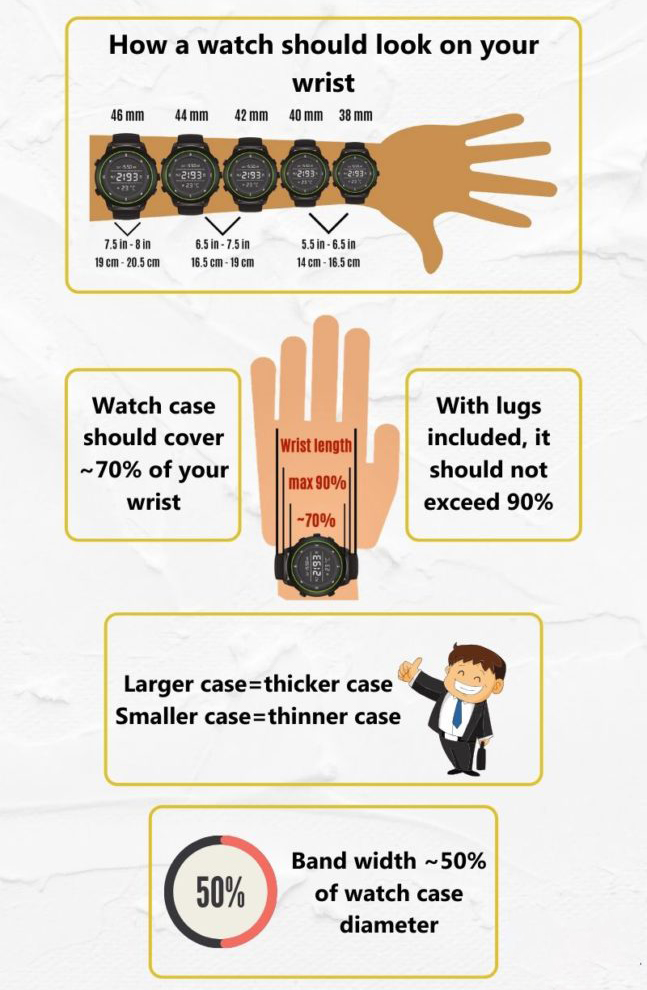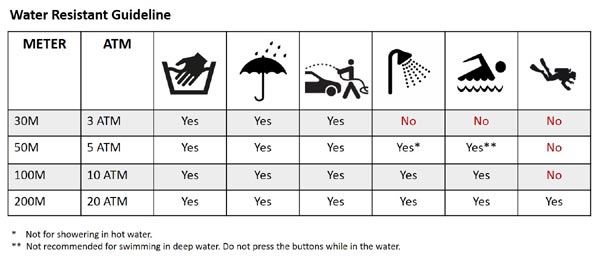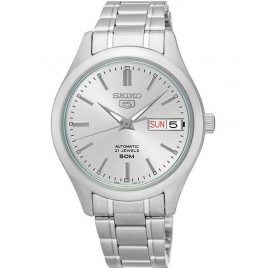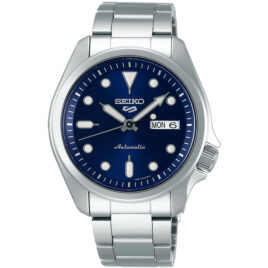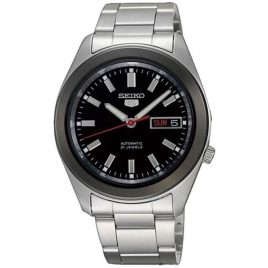Description
SEIKO 5 Sports SRPJ91 Specifications
| Features |
| |||
|---|---|---|---|---|
| Driving system | Automatic with manual winding | |||
| Caliber number | 4R36 | |||
| Case material | Stainless steel | |||
| Case back | See-through screw features the Tachibana Racing Logo | |||
| Case color | Silver tone | |||
| Band type | Strap | |||
| Band material | Calfskin | |||
| Band color | Black with red leather lining evokes the red scarf of Masked Rider 1 trademark | |||
| Band width | 22 mm | |||
| Clasp | Buckle | |||
| Dial color | Dark green textured dial with pattern inspired by the helmet of Masked Rider 1 | |||
| Glass material | Curved hardlex | |||
| Hands | Luminous cream and silver tone (hour, minute) with black and red lollipop tipped second hand | |||
| Dial markers | Cream and silver tone batons indexes | |||
| Second markers | Minutes markers around the outer rim in black track with white markings | |||
| Lumi Brite | Hands, indexes and bezel | |||
| Bezel | Unidirectional rotating silver tone with black colored batons indexes per 5 minutes scale and dot at 12 o’clock position | |||
| Crown | Push-pull out at 4 o’clock position | |||
| Calendar | Day and date display at the 3 o’clock position | |||
| Function | Date, hour, minute, second, stop seconds hand | |||
| Drive duration | Power reserve approximately 41 hours | |||
| Magnetic resistance | 4,800 A/m | |||
| Water resistance | 10 bar water resistance (100 meters / 330 feet) | |||
| Vibrations | 21,600 vibrations per hour (6 beats per second) | |||
| Size | Diameter 42.5 mm x Thickness 13.4 mm | |||
| Lug to lug | 46 mm | |||
| Bracelet length | 195 mm | |||
| Weight | 94 g |
SEIKO 5 Sports SRPJ91 Features
Seiko 5 Sports 55th Anniversary Masked Rider Limited Edition
Seiko 5 Sports celebrates its 55th anniversary this year. As part of the festivities, Seiko 5 Sports has collaborated with Masked Rider, a television program that has captivated audiences since its first broadcast in 1971.
Masked Rider
In the memorable first Masked Rider, Takeshi Hongo is captured by the evil secret society “Shocker,” which plans to take over the world, and undergoes remodeling surgery to become a warrior for the organization. However, Hongo escapes just before his brain is remodeled and decides to fight as Masked Rider 1 to protect the world from Shocker. Together with Masked Rider 2, Hayato Ichimonji, who has also undergone remodeling surgery, they fight the monsters of Shocker and Gel Shocker. Thus began the long-running battle between the “Masked Riders” and the “Evil Organization.”
Archive Model
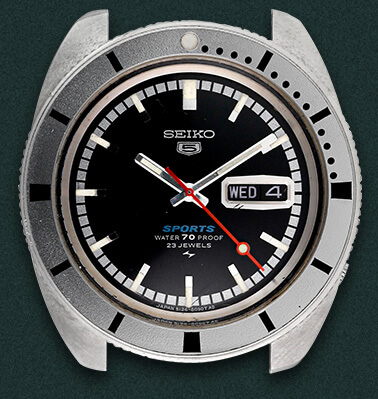
To create the collaboration model, the design of the original watch worn by Hongo has been upgraded with modern technology and materials, along with design cues that reference the Masked Rider 1.
Dial Design
The dial of the new collaboration features a color and a pattern inspired by the helmet of Masked Rider 1.
Calf Strap
The lining of the calf strap evokes the red scarf that is the trademark of Masked Rider 1.
Case Back
The glass case back features the Tachibana Racing logo, which is also used in the design of the motorcycle and belt in the film. The case back is also marked with “Limited Edition” and the serial number.
*Item may differ in appearance from the image shown.
Special Box

To commemorate the collaboration, the watch is enclosed in a specially designed box with overlapping acrylic plates that indicate the watch’s specifications.
- Calendar day and date display
- LIMITED EDITION on the case back
- Serial number engraved on the case back
- See-through and screw case back
- Unidirectional rotating bezel
- 24 jewels
- Stop seconds hand function
About Seiko 5
Seiko 5. Bold designs that speak volumes about those who dare to wear the Seiko 5. The inspiration lies in the edgy designs and dramatic colours, that come together with an innovative automatic movement that defines the very spirit of a Seiko 5.
From the very start, Seiko 5 was a watch whose performance would serve the demanding needs of the new 1960’s generation, who cared less for tradition and more about life. The watch had five key attributes :
1. Automatic winding
2. Day/date displayed in a single window
3. Water resistance
4. Recessed crown at the 4 o’clock position
5. Durable case and bracelet
The technology behind the legend
From the start, Seiko 5 was designed to break the mold of watch performance and to bring to the young 1960’s generation a watch that belonged to their age and that fitted into their lives. As perhaps never before, young people of the day saw no limits to their aspirations. Seiko 5 needed to be a watch that could go anywhere and everywhere. The first challenge was durability. To be durable, a watch needs to be impervious to two threats; water and shock.
Water resistance was built in as standard to every Seiko 5 watch, and metal bracelets were used so that, from buckle to buckle, the watch was resistant to water and sweat. Shock resistance was assured with two Seiko inventions. First, the mainspring was made from “Diaflex,” an unbreakable alloy, and the “Diashock,” system was created to protect the movement from shock within the case.
Legibility was the next vital attribute. Today, we take for granted that day and date are presented in a single window but, in fact, this was an idea built in to Seiko 5 to enhance the legibility of the dial. The genius create a unique system that allowed both day and date to be shown in one plane.
The final challenge was to create a distinctive look that defined the brand. Thanks to the extraordinary Seiko invention of the ‘Magic Lever,’ the winding efficiency of Seiko 5 is very high, and the wearer rarely needs to use the crown. So the designers made it smaller and hid it under the lip of the case at 4 o’clock, giving Seiko 5 its signature look.
History of Seiko 5
Seiko began producing its Seiko 5 line of automatic watches back in 1963. Since then watch enthusiasts around the world have come to recognize Seiko 5 as reliable, affordable and well respected watches. Over the last 50 years Seiko has produced thousands of different models in the line.
History of Seiko
The company was founded in 1881, when Kintarō Hattori opened a watch and jewerly shop called “K. Hattori” (服部時計店 Hattori Tokeiten) in the Ginza area of Tokyo, Japan. Eleven years later, in 1892, he began to produce clocks under the name Seikosha, meaning roughly “House of Exquisite Workmanship”.
The first watches produced under the Seiko brand appeared in 1924. In 1969, Seiko introduced the Astron, the world’s first production quartz watch, it cost the same as a medium-sized car. Seiko later went on to introduce the first quartz chronograph.

